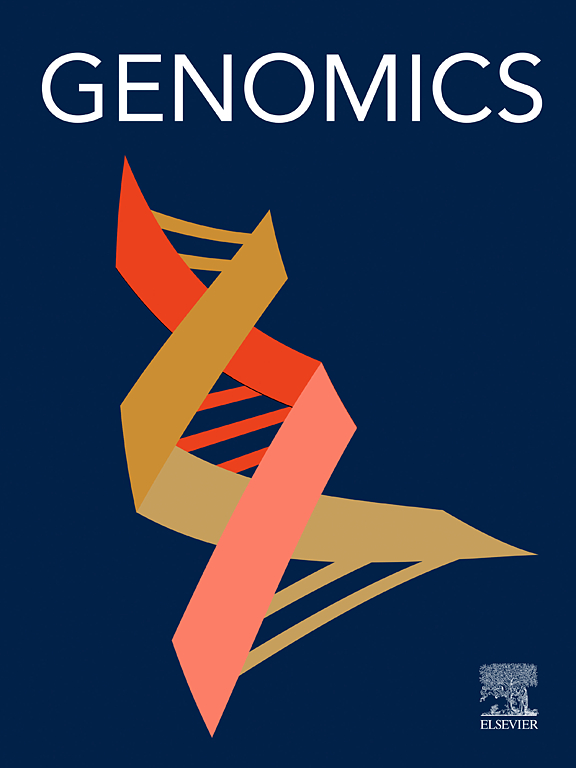通过长读测序鉴定聚丝蛋白突变和拷贝数变异的综合方法。
IF 3
2区 生物学
Q2 BIOTECHNOLOGY & APPLIED MICROBIOLOGY
引用次数: 0
摘要
聚丝蛋白(FLG)对皮肤屏障功能至关重要,但具有高度多样化和复杂的突变,与各种过敏和皮肤病有关。目前的基因分型方法往往不能捕获FLG变异的全部范围,特别是在序列同源性高的区域。为了克服这一限制,我们开发了一种单链PCR方法,利用FLG特异性引物扩增FLG外显子3,并在PacBio Sequel IIe系统上进行长读测序。对条形码序列进行解复用后,分别使用pbmm2和GATK HaplotypeCaller进行比对和变异召唤。该方法成功地鉴定了单核苷酸变异、插入-删除变异和拷贝数变异(cnv),包括几种功能缺失突变。我们还测定了每个等位基因的FLG拷贝数,范围从7到20个重复。这种全面、便捷的基因分型方法可以显著提高过敏和皮肤相关疾病的诊断准确性和个性化治疗策略。本文章由计算机程序翻译,如有差异,请以英文原文为准。
A comprehensive approach for identifying filaggrin mutations and copy number variants by long-read sequencing
Filaggrin (FLG) is essential for skin barrier function, but has highly diverse and complex mutations linked to various allergic and dermatological diseases. Current genotyping methods often fail to capture the full range of FLG variants, especially in regions with high sequence homology. To overcome this limitation, we developed a singleplex PCR method that amplifies FLG exon 3 using FLG-specific primers tailed with barcodes for sample identification, followed by long-read sequencing on the PacBio Sequel IIe system. After demultiplexing with the barcode sequences, pbmm2 and GATK HaplotypeCaller were used for alignment and variant calling, respectively. This method successfully identified single nucleotide variants, insertion-deletion variants, and copy number variations (CNVs), including several loss-of-function mutations. We also determined the FLG copy number in each allele, which ranged from 7 to 20 repeats. This comprehensive, convenient genotyping approach could significantly enhance diagnostic accuracy and personalized treatment strategies for allergy- and skin-related conditions.
求助全文
通过发布文献求助,成功后即可免费获取论文全文。
去求助
来源期刊

Genomics
生物-生物工程与应用微生物
CiteScore
9.60
自引率
2.30%
发文量
260
审稿时长
60 days
期刊介绍:
Genomics is a forum for describing the development of genome-scale technologies and their application to all areas of biological investigation.
As a journal that has evolved with the field that carries its name, Genomics focuses on the development and application of cutting-edge methods, addressing fundamental questions with potential interest to a wide audience. Our aim is to publish the highest quality research and to provide authors with rapid, fair and accurate review and publication of manuscripts falling within our scope.
 求助内容:
求助内容: 应助结果提醒方式:
应助结果提醒方式:


